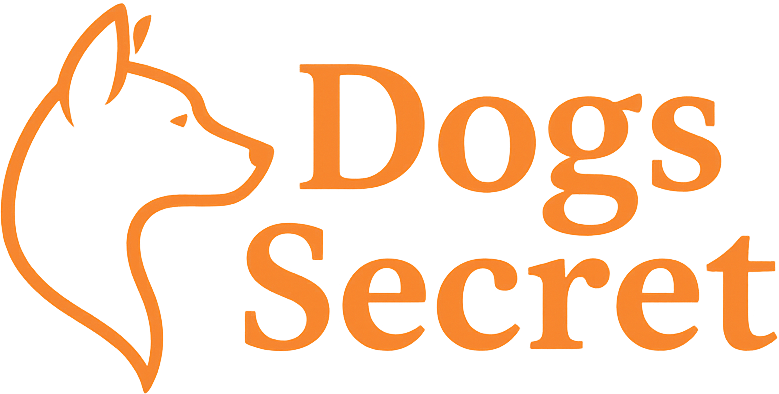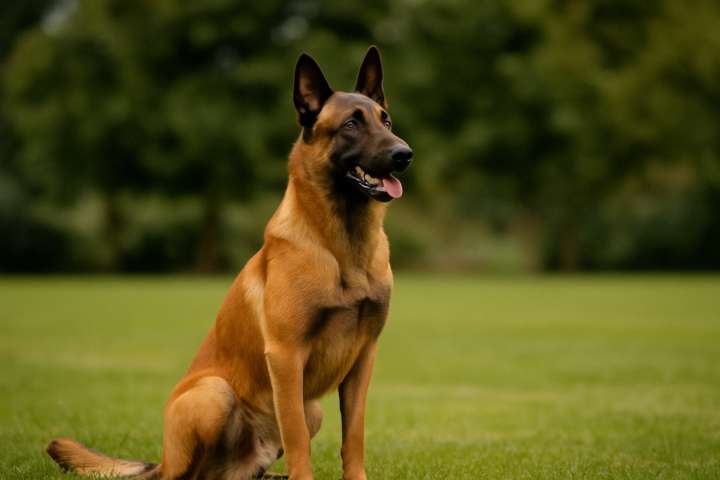Training your dog is more than just teaching them to sit or stay—it’s about building a lifelong bond based on trust, communication, and mutual respect. Whether you’ve just welcomed a new puppy or are working with an adult dog, understanding the fundamentals of dog training is essential.
This guide covers the core principles every dog owner should know, from positive reinforcement to essential commands, and lays the groundwork for a well-behaved and confident dog.
Why Training Matters
A well-trained dog is safer, happier, and easier to live with. Training helps reduce behavioral problems, strengthens your relationship, and ensures your dog can confidently navigate the world around them.
Proper training also:
- Enhances communication between you and your dog
- Provides mental stimulation and reduces boredom
- Improves your dog’s social skills
- Makes outings and daily routines smoother and more enjoyable
Start with the Right Mindset
Before diving into techniques, it’s important to approach training with patience, consistency, and positivity. Dogs don’t learn overnight—they learn through repetition, encouragement, and clear boundaries.
Keep in mind:
- Short sessions work best: 5 to 10 minutes, multiple times per day
- End on a positive note: Always finish training with success and praise
- Use a calm, confident tone: Your dog looks to you for leadership
Positive Reinforcement: The Golden Rule
Positive reinforcement is the most effective and humane training method. It involves rewarding desired behaviors with treats, praise, toys, or play. This helps your dog associate good behavior with something they enjoy.
Avoid punishment-based techniques, which can lead to fear, anxiety, or aggression. Instead, focus on encouraging what you want rather than punishing what you don’t.
5 Essential Commands Every Dog Should Know
- Sit – Builds impulse control and is useful in many situations.
- Stay – Teaches patience and keeps your dog safe.
- Come – Critical for off-leash safety and recall.
- Leave it – Prevents your dog from picking up unwanted items.
- Down – Helps calm overly excited dogs and encourages relaxation.
These commands form the foundation for more advanced training and help you manage your dog in everyday scenarios.
House Training and Crate Training
For puppies and newly adopted dogs, house training is often the top priority. Establish a consistent routine with regular potty breaks, praise for success, and supervision indoors.
Crate training can also help:
- Prevent accidents
- Create a safe space for your dog
- Support calm, independent behavior
Make sure the crate is never used as punishment—it should always feel like a comfortable, positive environment.
Common Training Mistakes to Avoid
- Inconsistency: Mixed signals confuse dogs. Stick to the same commands and rules.
- Impatience: Progress takes time. Celebrate small wins.
- Overusing treats: Use rewards strategically, and phase them out gradually as behaviors become consistent.
- Skipping socialization: Early exposure to different people, environments, and other dogs is crucial, especially during puppyhood.
Conclusion
Dog training is a journey, not a destination. By mastering the basics, you set the stage for a happier, more obedient dog and a stronger relationship built on mutual understanding. With consistency, kindness, and a little daily practice, your dog will thrive.
Ready to go further? Explore our Dog Training Tips section for advanced techniques, leash manners, and behavior guides.

